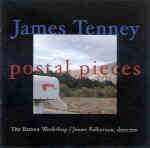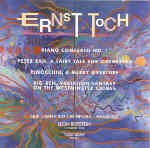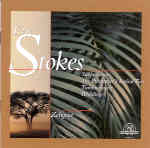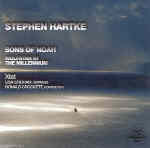

More than a few generations of composers bitten by the experimental bug while doing serious university time consider James Tenney’s electronic and tape pieces from

There’s something really sophomoric about this music. I own a tam-tam. When I first bought it, I amused myself by making long, slow crescendos from

Each of these works illustrates a different aspect of Robert Erickson’s (1917-97) determinedly avant-garde but ever-shifting aesthetic. White Lady (1975) for wind ensemble consists of

Lee Hyla writes in a tremendously compressed style in which shape and gesture stand in for conventional melody despite an often clear tonal orientation. Rhythm

Harold Shapero’s music is a treasure, and how fortunate we are even at this late date to be able to recognize his relatively small output

This splendid disc fills a conspicuous gap in an important but relatively neglected area of 20th century music history. The story of Ernst Toch’s progression

This album collects ragtime and jazz classics of composer/conductor James Reese Europe and his contemporaries. The performances recreate the style of the legendary Clef Club,

Eric Stokes (1930-99) was a sort of midwestern Lou Harrison without the Orientalism, at least on evidence here. Susquehannas, The Pickpocket is a Lyrical Tivo,

Discussions about the late Mel Powell as a composer often touch on his early fame playing brilliant jazz piano, an activity he gradually phased out

Stephen Hartke particularly admires the composers who he calls the “three M’s”: Machaut, Monteverdi, and Messiaen. If you share his enthusiasms, then you’ll enjoy this
![]()
